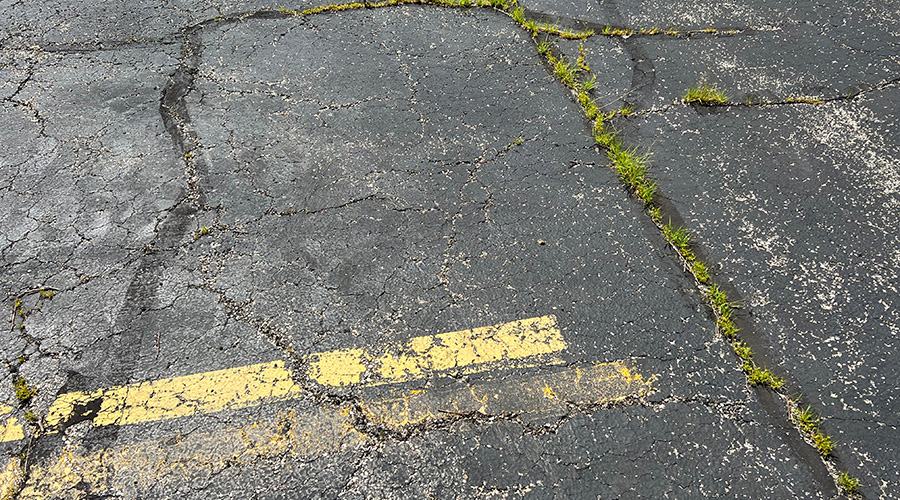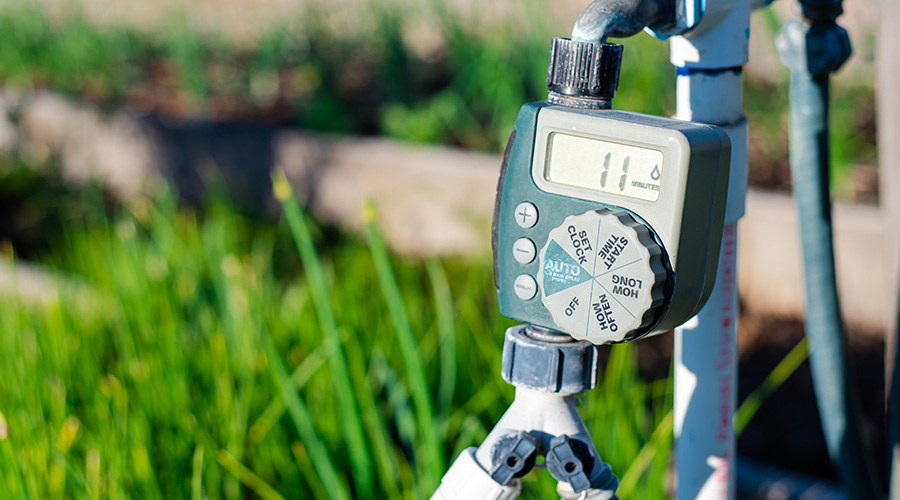Snow and Ice Management: Strategies to Prepare for Winter Operations
Managers must be ready for whatever winter brings.
Shorter days, longer nights, and colder temperatures all signal the coming of winter. It is also the time grounds managers turn their attention to ensuring their snow and ice equipment and treatment supplies are ready to go when the snow starts flying and ice accumulates on surfaces.
Whether managers are evaluating their current inventory of snow removal equipment or training new staff members on the proper maintenance of sidewalks and other surfaces, now is the time for them to take a look at winter preparedness.
UTVs provide solutions
Utility vehicles can be an effective solution for maintenance teams during the winter months due to their versatility, says Ray Nunez with John Deere Commercial Mowing.
From transporting crew members, handheld equipment, and salt to using attachments to prepare surfaces before a winter storm, utility vehicles offer a range of benefits for winter maintenance.
“The ability to customize utility vehicles with a heated cab is also ideal for winter, as it keeps workers comfortable and productive, even in below- freezing temperatures,” Nunez says. “Additionally, utility vehicles are designed to be compatible with a wide variety of attachments.”
For example, blade attachments can make snow plowing more manageable, while a bed sprayer can double as a de-icing mechanism.
When snowplowing with a utility vehicle, hydraulic lift and angle plows offer enhanced efficiency and allow the operator more control of the plow from inside the cab.
“The winch lift/manual angle plow options are more cost-effective,” Nunez says. “However, they can be more restrictive, resulting in slower operation. Adding a spreader to the rear of the vehicle supports quick and effective salt or sand applications.”
A variety of spreader types are available, such as hopper spreader tailgate products that offer a variety of broadcast and drop spread patterns.
Facility managers should select snow equipment based on several factors, says Craig Sandmann with Hilltip USA.
Geography: Type of winter weather, such as sleet, ice, snow, and high winds, in the area
Materials: What is the primary de-icing material being used for winter operations? Is liquid going to be used as a primary or supplementary material. If so, what kind? How large are the areas being treated? What kind of vehicles are going to be used for snow/ice removal operations? What should they look for in today's equipment?
“Users should be looking for high-quality equipment built for the specific vehicles and equipment they intend on using,” Sandmann says. “With that in mind, the equipment should be suitable for the job the contractor expects to do.”
For example, V plows are better suited to drifting snow and tight areas that require the snow to be stacked. Spreaders with pre-wetting capability are more effective in heavy ice and environmentally sensitive areas.
Selecting proper snow removal equipment depends on conditions, terrain and obstacles, says Brent Dobson with Grasshopper. Grounds managers should look for equipment that is versatile and does not require a great deal of additional maintenance. The equipment should improve productivity, and managers need to be sure the equipment has enough torque to power through the type of snow conditions they are expecting.
Embracing key strategies
Snow and ice management involves a variety of products, depending on the needs of the property being maintained. For ice control, having an integrated program is best. Liquid application of brine prevents snow and ice from bonding to the pavement and is commonly done as a pre-treatment in advance of a storm.
“Salt and/or sand is then used to create friction and increase traction on the surface during an event, hindering the creation of an ice layer,” Nunez says. “When it comes to the application of salt and/or sand, property maintenance experts can choose from broadcast spreaders or drop spreaders.”
Broadcast spreaders throw the salt to the sides for broader application, while drop spreaders drop the salt in the footprint of the vehicle and the spreader. This can be especially effective for sidewalks and walking paths that have sensitive surfaces and for turf on the side that needs to be protected from oversalting during the winter.
Before applying de-icing products to sidewalks and driveways, crews will want the surface to be clean, dry and absorbent to ensure adequate penetration and bonding, says Jake Boyer of Prosoco. Visible stains or unsightly appearances prior to application will make it harder to clean after it has been protected.
“Be sure to use a cleaner specifically designed and intended for the surface being cleaned and one that is compatible with the protective treatment you’ll be using after cleaning,” Boyer says. “While most products in the category of penetrating protective treatments with salt resistance will be in place for many years to come, reapplication may be necessary after a period of time. Be sure to keep up with the product manufacturer and understand the expectations for longevity and performance prior to purchase and application.”
Related Topics:













